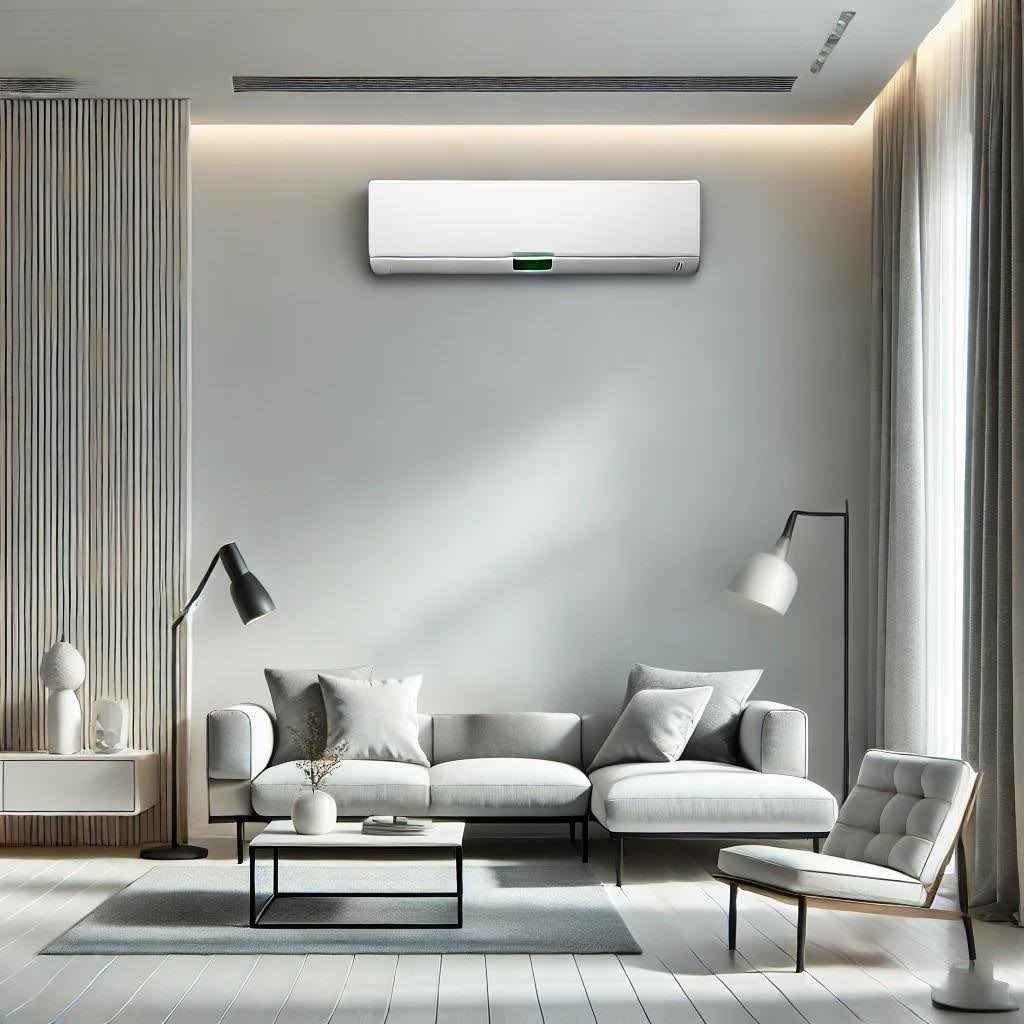No products in the cart.
As the summer heat reaches its peak, the debate over mini split air conditioners continues to spark heated discussions. Are these systems truly the revolutionary comfort solutions they claim to be, or are they merely overpriced hype? Let’s delve into the pros and cons of mini splits and determine whether they are worth the investment.
The Advantages of Mini Split Air Conditioners
1. Energy Efficiency:
Mini splits are known for their high energy efficiency. Unlike traditional HVAC systems that cool or heat the entire house, mini splits allow for zoned cooling, targeting specific areas that need it the most. This focused approach can lead to significant energy savings.
*Affiliate Link: Check out this highly efficient mini split unit on Amazon*
2. Flexible Installation:
These systems are relatively easy to install compared to central air conditioning systems. They don’t require extensive ductwork, making them a viable option for older homes or additions where installing ducts isn’t feasible.
*Affiliate Link: Explore installation-friendly mini split units here*
3. Improved Air Quality:
Mini splits offer enhanced air filtration options, which can significantly improve indoor air quality. For those with allergies or respiratory issues, this can be a major benefit.
*Affiliate Link: Discover air-purifying mini split units*
4. Quiet Operation:
These units are generally quieter than traditional HVAC systems, as the noisy compressor and condenser are located outside the house. This can make a significant difference in maintaining a peaceful indoor environment.
*Affiliate Link: Check out whisper-quiet mini split units*
The Drawbacks of Mini Split Air Conditioners
1. High Initial Cost:
One of the most significant drawbacks of mini splits is their high initial cost. The units themselves are expensive, and professional installation can add to the expense, making them a hefty investment upfront.
2. Aesthetic Concerns:
Mini split units can be visually obtrusive. The indoor units are mounted on the walls and can clash with interior design aesthetics, which is a concern for many homeowners.
3. Maintenance Requirements:
Regular maintenance is crucial to keep mini splits running efficiently. This includes cleaning the filters and checking the refrigerant levels. Neglecting maintenance can lead to reduced efficiency and higher energy bills.
4. Potential for Uneven Cooling:
In larger spaces, mini splits can struggle to distribute air evenly, leading to hot and cold spots. This can be frustrating when trying to maintain a consistent temperature throughout the home.
Are Mini Splits Worth It?
The decision to invest in a mini split system depends on various factors, including your specific cooling needs, budget, and long-term goals. If energy efficiency, flexible installation, and improved air quality are high priorities for you, a mini split may be a worthwhile investment. However, if the initial cost and aesthetic impact are major concerns, you might want to explore other options.
Ultimately, mini splits offer a blend of revolutionary comfort and potential drawbacks. Weighing these pros and cons carefully will help you determine whether they are the right solution for your home.
Recommended Mini Split Units
For those considering the plunge, here are some top-rated mini split units that balance efficiency, performance, and value:
– Energy Efficient Mini Split:
*Affiliate Link: View on Amazon*
– Quiet Operation Mini Split:
*Affiliate Link: View on Amazon*
– Air Purifying Mini Split:
*Affiliate Link: View on Amazon*
In conclusion, while mini splits have their advantages, they are not without their challenges. By carefully considering your needs and weighing the pros and cons, you can make an informed decision on whether a mini split system is the right choice for your home.
—
*Note: This blog contains affiliate links. If you click through and make a purchase, we may earn a commission at no additional cost to you. This helps support our work and enables us to provide more valuable content.*





